Contents
You may not be aware of the fact that your everyday smooth railroad venture exclusively relies upon a system. Actually, like human vitals should be kept up for proper functioning of the body, the same goes for train’s vitals refined by a compressed air system.
From the opening of the doors to stopping the train at the destination is fulfilled by the compressor. However, it positively requires a few guidelines to meet for the appropriate working of the train. Let’s look at them in detail.
Why is the quality of Compressed Air important?
Why is the quality of Compressed Air important?
A compressed air system controls three main vitals, including braking system, opening and closing of entryways, and handling the ride.
Any of these might be compromised and risk the vehicle with poor quality compressed air. All this happens when increased impurities are present in the air, or the filters are not working.
The pollutants can be in any structure, i.e. moisture or dirt. So the quality of compressed air is considerable for the ample working of the railway system.
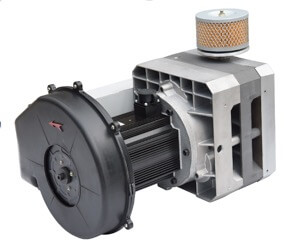
Compressed air system contaminants
Compressed air system contaminants
Before moving on to the maintenance of the compressor and compressed air quality, you must be familiar with the sources responsible for contaminating the compressor and the type of impurities.
Impurities can infiltrate the compressed air system through the air that it sucks in, which is probably the atmospheric air. The second source that might be responsible for hosting impurities is the compressor.
Insufficient lubricant or damaged particles of the compressor can contaminate the compressed air system. The part receiving air is another source of contaminants. The pipelines or drainage system may also be the culprit behind the contamination.
Type of impurities that can contaminate compressed air system
Dirt in the atmospheric air
Dirt is the main component of pollution in the atmospheric air, which is full of pollutants nowadays.
Although the filters can collect large pollutants like dust or soot, microscopic particles in the air that can not be seen with the naked eye are not able to be screened by the filtration system.
When collected for a long time, small particles can block the channels in the compressor.
Moisture
The second major contaminant that might disrupt the compressed air system is moisture. It can be in the form of water vapor, condemned water, or water aerosol.
The moisture retention particularly depends on the temperature of the compressed air or the pressure of the air. If the temperature of the air is high, the moisture-retaining capacity will also increase.
On the other hand, if the air pressure is high, increased production of condensed water will occur. Both of the events can affect the pipelines and cause leakage or corrosion.
Oil
Oil can be a contaminant in any form, including oil vapor, oil aerosol, or liquid oil used for lubrication.
Oil vapor comes through the atmospheric air in the form of hydrocarbons, and condensed oil is formed during the cooling process of the compressed air system.
Greases used for the lubrication of the compressor parts can also somehow contaminate the system.
Rust
Channels of the compressed air system are often wet either due to poor maintenance or trapped moisture in the incoming air.
The damp surface of the pipe can lead to rusting, which will further result in blocked pipes.
How To Test Compressed Air?
How To Test Compressed Air?
In order to maintain the standards of compressed air for railway systems, you must know how to test the quality of compressed air. Here are some methods by which you can assess whether the compressed air is contaminated or not.
Water vapor testing
You can check if the compressed air contains water vapor or not by using instruments like hygrometers or detecting tubes.
A typical hydrometer will show color changes in the column when compressed air containing water vapor passes through it. This is due to the production of chemical reactions which are performed by such devices.
Oil testing
Oil vapor, aerosol, and droplets are tested by high efficiency membranes, spectrometry, or chromatography.
Basically, hydrocarbons are detected by these methods to catch an oil droplet or aerosol. It is done by inserting a probe in the compressed air, which detects the exact amount of oil droplets in the compressed air.
Filter testing
Filters are tested by using microscopy to detect the particles, and further minute particles can be analyzed by using laser technology. Using this method provides a quick analysis of compressed air and its quality.
Maintenance of compressed air
Maintenance of compressed air
In order to maintain the meeting standards of the compressed air for the railway system, there are strategies designed in it to ensure the purification of the contaminants.
Aerosol filter or coalescing filter
Coalescing filter, being the major purifier of the compressor, is divided into two parts; general-purpose filter and high-efficiency filter. These two filters catch the majority of the impurities coming into the compressed air.
High efficiency filter accumulates the impurities, while the general-purpose filter protects it from getting bulk. Oil and water droplets are also carried away from the compressed air by coalescing filters.
Dust removing filter
The dirt in the atmospheric air sucked by the compressor is usually filtered by dust removing filters. Although most of the dry particles in the incoming air are filtered by coalescing filters, tiny particles are further screened by such a type of filter with an accuracy rate of 99%.
Air Dryers
Water vapors are mainly treated by air dryers or adsorption dryers. Such a type of purification component is used to capture the moisture so that it does not interrupt the purification process. Adsorption dryers always work in collaboration with coalescing filters.
Water filtration
Moisture is mainly filtered through water separators. Another function performed by the water separators is safeguarding the general-purpose filter and high efficiency filter.
It also makes sure that the condensed water is not released enough to cause contamination during the process of cooling.


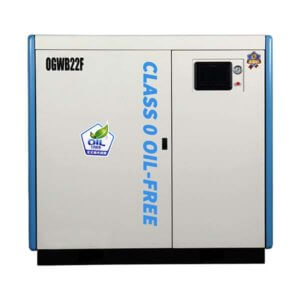
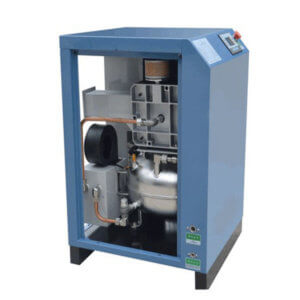
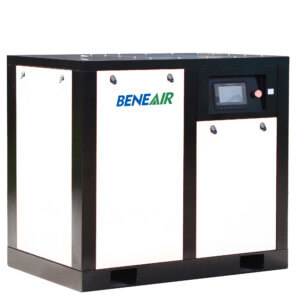
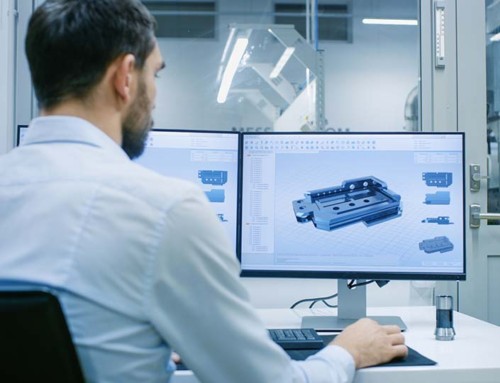


Leave A Comment